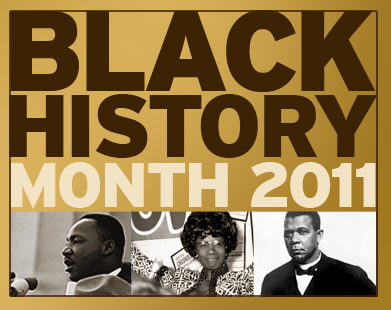A city service divide that
persists today, but now for all residents
COLUMBIA, 2/12/11 (Beat
Byte) -- With the annual return of Black History Month, the Columbia
Heart Beat (CHB) returns to its long-running periodic series on the good, bad,
and downright ugly side of life in 20th century segregated
Columbia.
So much about Columbia's present is
rooted in this little-discussed chapter of her past -- a secret history -- that
it should be little surprise that central Columbia's longstanding infrastructure
problems -- from bad sewers to neglected roads -- started in the impoverished
neglect segregation wrought.
As source material, CHB has quoted extensively from the
splendid Our Black Children: The Evolution of
Black Space in Columbia, Missouri, a 2002 University of Missouri
master's geography thesis by
Jason Jindrich.
Segregated water
Segregated water
"Poverty and lack of access to city
services re-enforced health hazards," Jindrich writes. "Ash, rubbish, and
sludge disposal among Black residents in 1919 was dumping in the backyard or
street, a situation that created a fecal waste problem and increased the risk of
diseases such as hog cholera."
"Access to city water was limited by race. Although over half of the Black residents surveyed used city water,
only ten of those hydrants were inside a house.
The rest were outdoors and the water was hauled up to a block.
"The majority of the Black community that did not use city
water drew water from wells, none meeting a reasonable standard
of sanitation. Of 65 wells surveyed in the Negro community, one
quarter were located where water could drain into them from the surface and
none were covered adequately. Further, 39 wells were within ten
feet of a house, while twenty-one were within twenty-five feet of a
privy, and three within ten feet (Larson
1919).
Segregated streets
Segregated streets
"Another service that was strikingly divided between the White and Black communities was road paving.
"By 1919, the mire that plagued early Columbia
persisted only in the "colored community." Only one road was
paved in Railroad Row, and none of the roads surveyed by Larson in the
Sharp End area were paved. [The Sharp End was a segregated
neighborhood around the Columbia Tribune building and the downtown post
office]. The result was heavy erosion in areas with steep
slope and a general bottomless muck that turned into deep dust
during dry spells.
"Among the White community, only shoe factory
employees lived along dirt streets. The lack of pavement and
the reluctance to enclose the creeks or to prevent sewage and wastes from
entering the watershed follows the logic of minimal investment: there
was a lack of economic incentive to improve conditions.
"Endemic poverty and a marginal population guaranteed that
incomes on rental properties would not rise in proportion to
investments to improve conditions, so property owners in the area worked to
defeat plans that would simply raise their property taxes."
[Ed. Note: Applying the same logic today, in the same
general areas of downtown, land investors seek TIFs and other tax incentives,
claiming the areas are so "blighted" that investment without such incentives
simply won't provide an adequate investment return].
Next time: Blight, White fright, and a no-win
situation

How come nobody celebrates Native American History Month? Because people are too selfish and self centered to have one. The Native American Indians as we call them today were on this land far and long before the first White Settlers and yet after the White Settlers came upon the land and began to run the Native American Indians out by terror tactics,reservations(a politically correct term for prison camps) and took their land by force we still are not civil enough to give them the respect they are due. Shame on us as the so called "sophisticated society".
ReplyDeleteAgree.
ReplyDeleteYou know other than my african ancestry I am also from native, Iris and other caucasion ancestry right there in Missouri. Yet during my lifetime I've been called negro, colored, black and now African American and I don't like it.